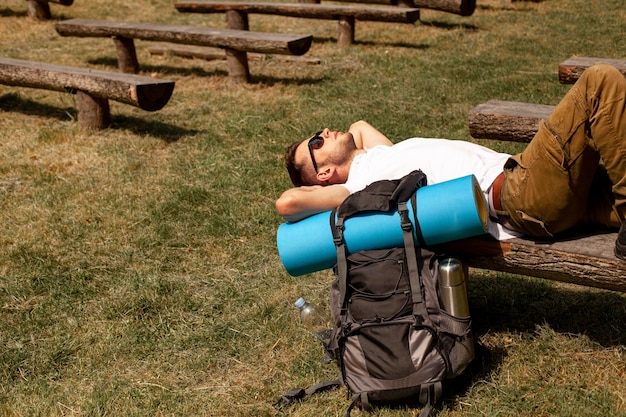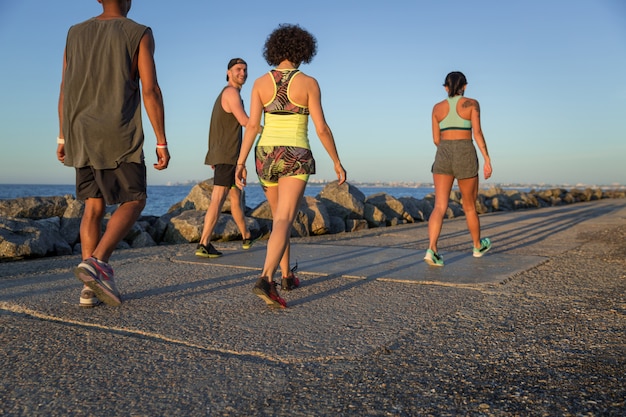Staying active while traveling is a challenge many overlook. Whether you're navigating bustling cities, enduring long layovers, or adjusting to new time zones, your daily step count can take a serious hit. Walking is one of the simplest and most effective ways to maintain fitness on the go, but common mistakes can silently sabotage your progress. In this guide, we’ll uncover 10 of the most frequent missteps travelers make—and how to fix them with practical tips, weekly targets, and essential safety reminders.
It’s easy to hop on a bus, subway, or rideshare when exploring a new city. But over-reliance on transit cuts down your walking time dramatically. Instead, challenge yourself to walk at least one leg of every journey—even if it’s just the last 10–15 minutes.

Without tracking, it’s impossible to know if you’re meeting your goals. Use a smartphone pedometer or wearable device, and sync it daily. Set reminders to check your count at noon and evening to stay on track.
Stylish shoes might look great in photos, but if they cause blisters or foot pain, you’ll avoid walking. Pack at least one pair of supportive, broken-in walking shoes. Consider lightweight sneakers with good arch support and moisture-wicking socks.

Mornings are prime time for steps—cooler temperatures, fewer crowds, and a quiet city. Aim for a 20–30 minute walk after breakfast. It kickstarts your metabolism and sets a healthy tone for the day.
Many travelers overlook hotel gyms, hallways, or nearby parks. Even a 10-minute walk around the building or up and down stairs counts. Use downtime between meetings or flights to squeeze in movement.
Aiming for 10,000 steps every single day isn’t practical when traveling. Some days you’ll hit 15,000; others, you might only manage 3,000. Focus on a weekly average instead. A realistic target is 70,000 steps per week (about 10,000 per day on average), but adjust based on your itinerary.
Replace passive sightseeing with active exploration. Choose walking tours, hiking trails, or bike rentals over bus tours. Visit museums on foot, explore local markets, or take a scenic route to your destination.

A heavy backpack or suitcase can slow you down and discourage walking. Pack light, use luggage with wheels when possible, and carry only essentials during day trips. Every extra pound makes a difference over long distances.
Safety should never be compromised for step goals. Stick to well-lit, populated areas, especially at night. Avoid distractions like headphones in unfamiliar neighborhoods. Keep your phone charged and know your route in advance. Be aware of local traffic rules and pedestrian signals.
Increased walking without proper recovery can lead to soreness or injury. Spend 5–10 minutes daily stretching your calves, hamstrings, and feet. Use a travel foam roller or tennis ball to massage tired soles. Hydrate well and allow rest days when needed.

| Day | Target Steps | Actual Steps |
|---|---|---|
| Monday | 10,000 | ______ |
| Tuesday | 8,000 | ______ |
| Wednesday | 12,000 | ______ |
| Thursday | 7,000 | ______ |
| Friday | 9,000 | ______ |
| Saturday | 14,000 | ______ |
| Sunday | 10,000 | ______ |
Total Weekly Steps: 70,000 (adjust as needed)
Walking is one of the most accessible forms of exercise, especially for travelers. By avoiding these common mistakes and adopting simple, sustainable habits, you can maintain your activity levels, explore more deeply, and return home feeling energized—not exhausted.

Fitness

Fitness

Fitness

Fitness

Fitness

Wellness

Fitness

Wellness

Wellness

Fitness

Fitness

Fitness

Health

Fitness

Health

Health